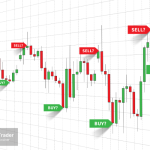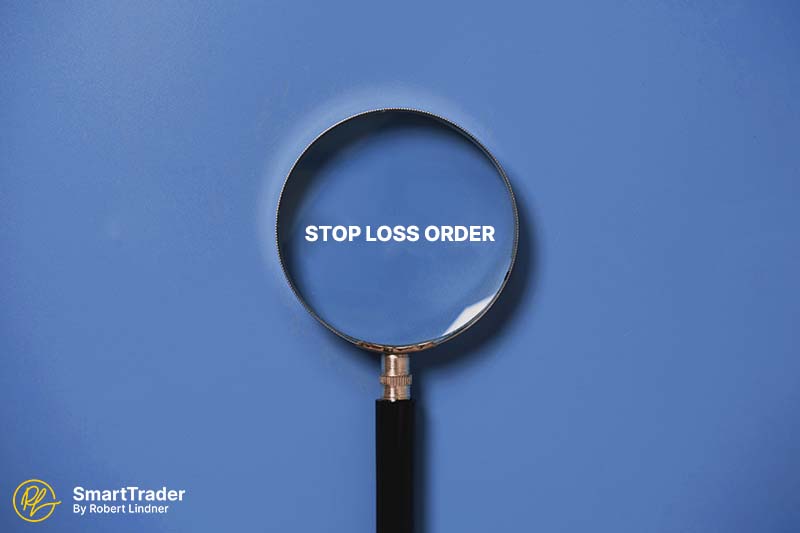[stɒp lɒs ˈɔːdə(r)]
A stop loss order is a type of order placed with a broker to sell a security (such as a stock, bond, or option) when it reaches a certain price, known as the stop price.
What is Stop Loss Order?
A stop loss order is a tool used by investors to minimize potential losses on an investment in a security such as a stock, bond, or option. It involves placing an order with a broker to automatically sell the security if its price drops to a specific level, called the stop price. By doing so, an investor can limit the amount of money they could lose on a particular investment, as the sale of the security is triggered automatically without the investor having to monitor the market constantly.
Key Takeaways
- Stop loss orders can be a useful tool for investors to limit their potential losses on a particular investment in a security, such as a stock, bond, or option.
- Stop loss orders are placed with a broker and are triggered automatically when the security's price drops to a specific level, known as the stop price.
- Stop loss orders can help investors manage their risk by minimizing losses, but they also have some drawbacks, such as the possibility of being executed at a lower price than intended.
- Stop loss orders can be adjusted as the security's price changes, allowing investors to lock in profits or limit losses more effectively.
- Stop loss orders are not a guarantee against losses, as they may not be executed in certain market conditions or if there is insufficient liquidity in the market
Example of Stop Loss Order
An investor purchases 100 shares of XYZ Corporation at $50 per share, and they are concerned that the stock's price may decline in the near future. They decide to set a stop loss order at $45 per share, which means that if the stock's price falls to $45 per share, the broker will automatically sell the 100 shares of XYZ Corporation.
If the stock's price does begin to decline and reaches $45 per share, the stop loss order will be triggered and the broker will sell the 100 shares of XYZ Corporation at the next available price. This will limit the investor's losses to $500 (100 shares x $5 per share), as opposed to potentially losing a greater amount if they had not set a stop loss order.
Back to Glossary.






